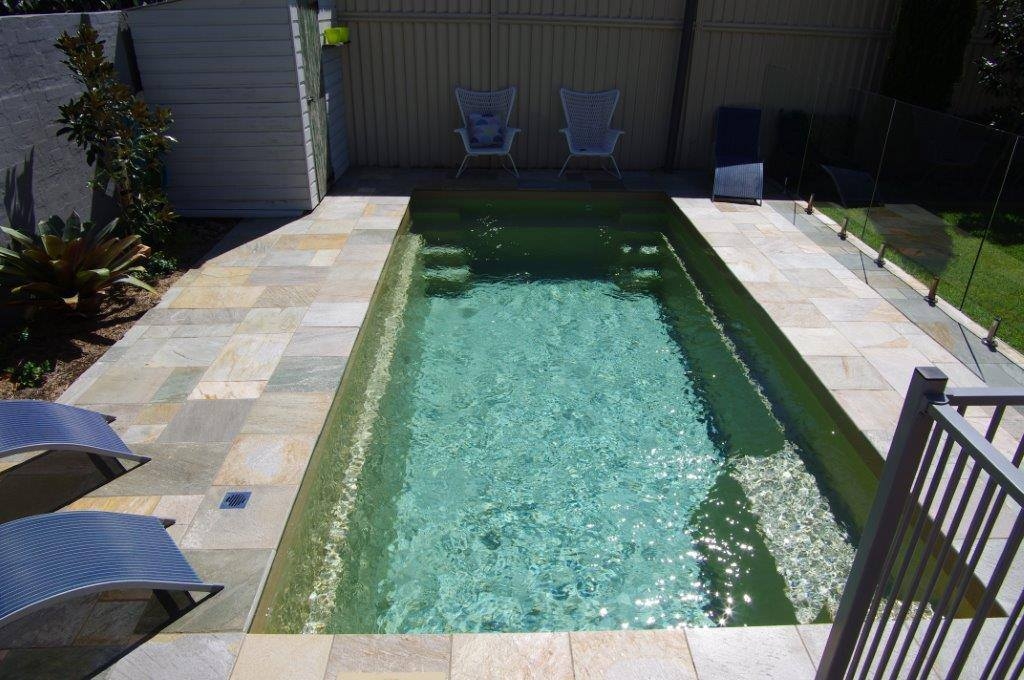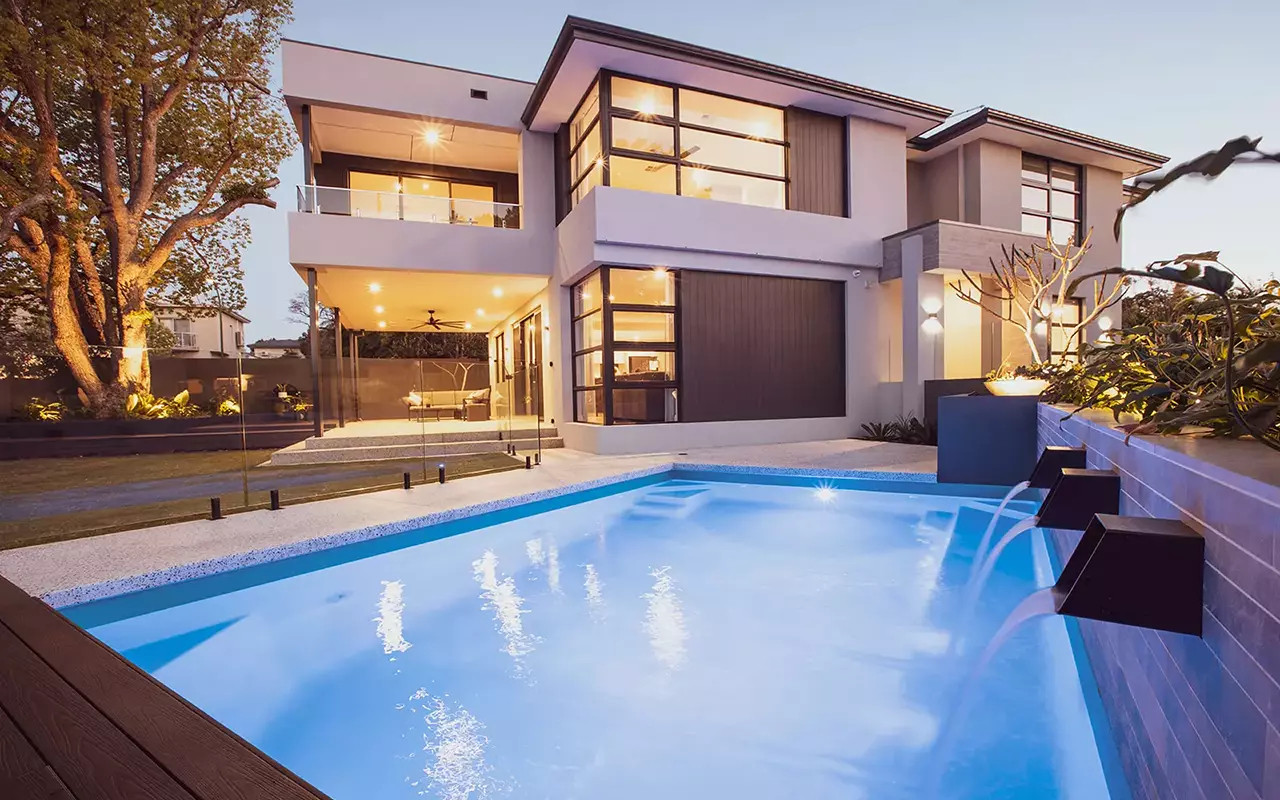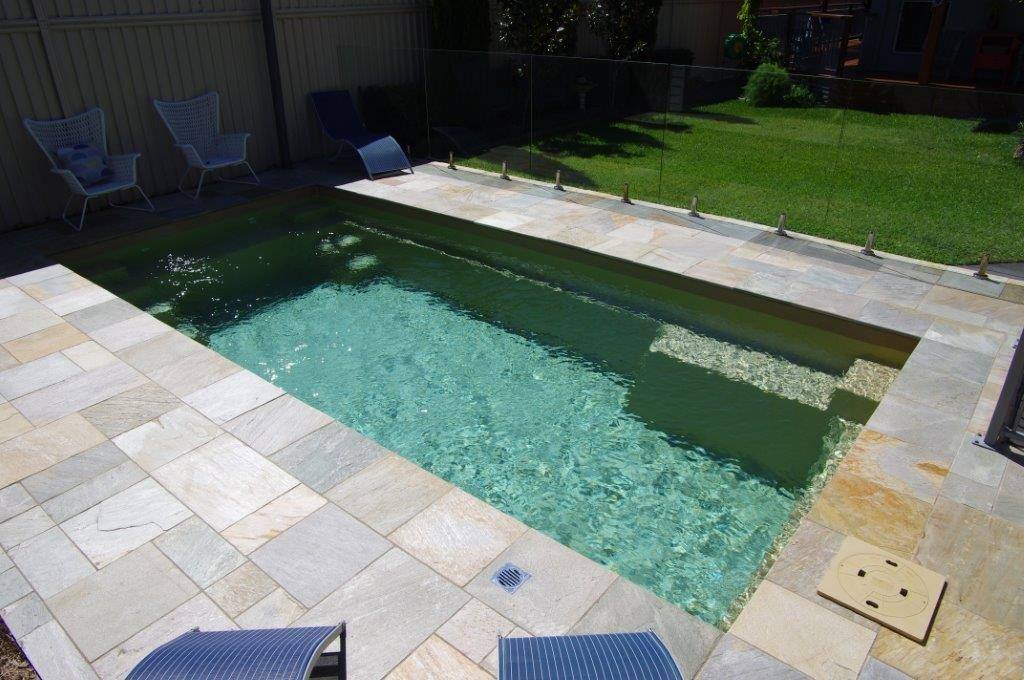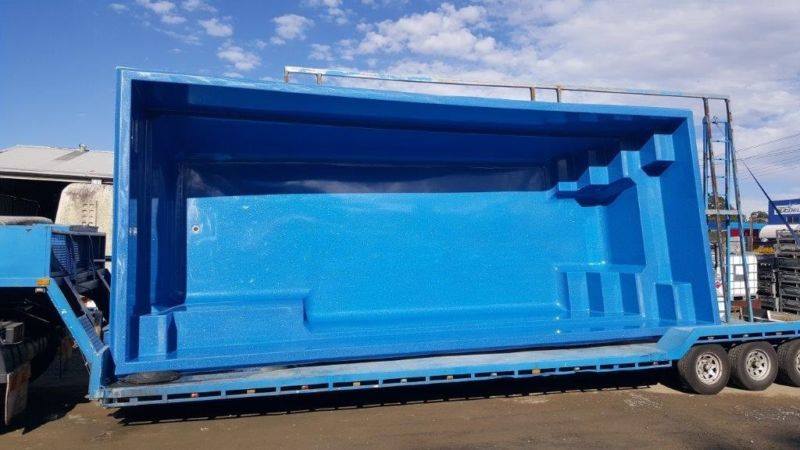

Having a plunge pool in your backyard can bring a multitude of benefits to your home and lifestyle. Not only does it provide a refreshing spot to cool off during hot summer days, but it can also serve as a relaxing retreat for you and your loved ones.
One of the main advantages of having a plunge pool is its compact size, making it an ideal option for smaller outdoor spaces. With a DIY plunge pool kit, you can easily set up and install your own plunge pool without the need for extensive construction or excavation work. This allows you to enjoy all the perks of having a pool without breaking the bank or taking up too much space in your yard.
In addition to its convenience and affordability, a plunge pool offers numerous health benefits as well. Taking a dip in cold water has been shown to improve circulation, reduce inflammation, and promote overall well-being. It can also help alleviate stress and anxiety, providing a peaceful oasis where you can unwind and relax after a long day.
Furthermore, having a plunge pool adds value to your property and enhances the aesthetic appeal of your outdoor living space. Whether you choose to use it for swimming laps, hydrotherapy, or simply lounging by the water's edge, a plunge pool creates a serene atmosphere that will be enjoyed by family and friends alike.
Overall, investing in a DIY plunge pool kit is a smart decision that will bring joy and satisfaction to your life for years to come. So why wait? Take the plunge and transform your backyard into an oasis of relaxation and rejuvenation with your very own plunge pool.
Selecting the right DIY plunge pool kit requires careful consideration to ensure it meets your needs and fits well with your home’s layout. Here are key factors to consider when choosing a plunge pool kit:
Size and Shape: Assess the available space in your backyard. Plunge pools come in various shapes and sizes, so choose one that maximizes your space without overcrowding. Consider how the shape of the pool will complement your existing landscaping and outdoor features.
Material: Most plunge pool kits are made from fibreglass or concrete. Fibreglass is quick to install and requires less maintenance, while concrete offers more durability and can be customized with different finishes.
Features: Decide what features are important to you. Some plunge pool kits include hydrotherapy jets, lighting, and heating options. These features can enhance the functionality and enjoyment of your pool but will also impact the overall cost.
Budget: Set a budget before you start shopping. Keep in mind that the cost of the kit is just one part of the overall expense; installation, landscaping, and ongoing maintenance should also be factored into your budget.
Warranty and Support: Check the warranty offered with the kit and what it covers. Good customer support from the manufacturer can also be invaluable, especially if this is your first DIY pool project.
Considering these factors will help you choose a plunge pool kit that suits your lifestyle and gives you the best value for your investment.

Regularly inspecting and maintaining any accessories or added features, such as lights or heaters, is crucial for ensuring the longevity and functionality of a plunge pool kit.. These small but important components are often overlooked but play a significant role in the overall performance of your pool. Lights provide not only aesthetic appeal but also safety during evening swims.
Posted by on 2024-11-25

Setting up a plunge pool kit involves several installation processes to ensure that your pool is properly assembled and ready for use.. One of the first steps in setting up a plunge pool kit is to prepare the area where the pool will be placed.
Posted by on 2024-11-25

Transforming your backyard with a plunge pool kit can truly turn your outdoor space into a relaxing oasis.. Imagine enjoying the summer days lounging by the cool waters, surrounded by lush greenery and the peaceful sounds of nature. With a plunge pool kit, you can easily create a stylish and functional water feature that will enhance the beauty and value of your home.
Posted by on 2024-11-25

So, you've finally taken the plunge and decided to install a plunge pool kit in your backyard.. Congratulations on unleashing your inner DIYer!
Posted by on 2024-11-25
| Neerabup Perth, Western Australia | |||||||||||||||
|---|---|---|---|---|---|---|---|---|---|---|---|---|---|---|---|
 Agricultural land on Wattle Avenue | |||||||||||||||
 | |||||||||||||||
| Coordinates | 31°41′28″S 115°46′37″E / 31.691°S 115.777°E | ||||||||||||||
| Population | 112 (SAL 2021)[1] | ||||||||||||||
| Postcode(s) | 6031 | ||||||||||||||
| Area | 34 km2 (13.1 sq mi) | ||||||||||||||
| Location | 36 km (22 mi) from Perth CBD | ||||||||||||||
| LGA(s) | City of Wanneroo | ||||||||||||||
| State electorate(s) | Mindarie | ||||||||||||||
| Federal division(s) | Pearce | ||||||||||||||
| |||||||||||||||
Neerabup is a rural locality in Perth, the capital of Western Australia, within the local government area of the City of Wanneroo.
Prior to European settlement, the Noongar people had lived in the area for more than 40,000 years, taking advantage of the abundant food and water around the chain of wetlands on the coastal plain. In winter, they moved eastwards away from coastal weather, to return in summer as inland supplies dried up. The Mooro people (led by elder Yellagonga during the early years of European settlement) stretched from the Moore River near Guilderton to what is now the Perth central business district, and used to move between Lakes Joondalup, Neerabup and Yanchep.
In 1865, European settlers established the Aboriginal tracks as a stock route from Dongara to Fremantle, travelling along the west side of the lakes. Lake Neerabup was first recorded by surveyor J. Cowle in 1867, the name being a Noongar word which possibly means "swampy place" or "small basin". The part of the stock route between Joondalup and Yanchep is now part of the Yaberoo Budjara Heritage Trail, part of the Bicentennial Heritage Trails Network established in 1988.[2]
The area was often spelled Neerabub, especially by postal and telecommunications authorities, until as recently as the 1960s. It was approved as a suburb name in 1982.[3]
Neerabup is bounded by Wattle Avenue to the north, the Mitchell Freeway to the west, Pinjar Road to the east and Flynn Drive and Burns Beach Road to the south.[4]
Neerabup's population was not measured at the 2001 Australian census.[5]
Neerabup is a sparsely populated agricultural suburb. Several plant nurseries, a fruit and vegetable shop at Menchetti Road and the Neerabup Lake wetland are situated along Wanneroo Road. The western strip between Wanneroo Road and the proposed Mitchell Freeway is approximately the southern half of the Neerabup National Park. The area also contains a golf course, small wineries, a small industrial area on Flynn Drive and several sand and limestone quarries.
Neerabup is home to the Wanneroo Raceway, a 2,411-metre (1.498 mi) road racing circuit. Wanneroo Raceway, which opened in 1969, is the home of motor racing in Western Australia and hosts an annual round of the Supercars Championship.
Neerabup is also home to the Pinjar Park Speedway which opened in 2005. Pinjar Park is a 142-metre (155 yd) Motorcycle speedway which regularly hosts national and international meetings and caters to both senior and junior solo and sidecar racing. Pinjar Park is considered small for a speedway in Australia, with most tracks around the country ranging from 350 metres (380 yd) to 600 metres (660 yd) in length. For the bikes, the speedway replaced the old 550-metre (600 yd) Claremont Speedway which had run from 1927 until 2000, and the Bibra Lake Speedway which closed in 2004.
Neerabup is not served by public transport. The nearest Transperth bus service is the 391 between Joondalup train station and Carramar 2 kilometres (1.2 mi) to the south. These services are operated by Swan Transit.
Neerabup's political leanings are unclear due to its small size and the lack of a polling booth. The nearest large booths tend to favour the Australian Labor Party historically, although most have been won by the Coalition in recent times, especially at federal level.
In general, DIY plunge pool kits are more cost-effective than hiring professionals for installation because they eliminate labor costs and allow individuals to save money by doing the work themselves.